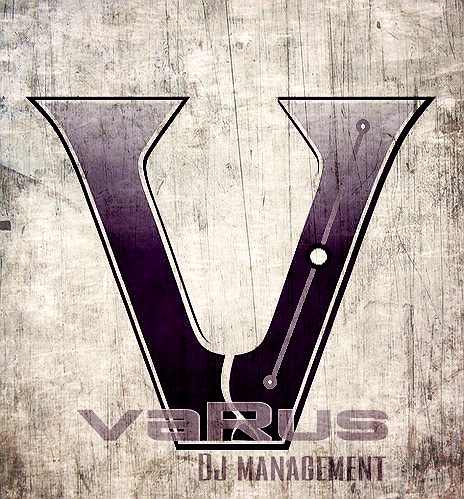We have all heard about the power of positive thinking, and the benefits of having good thoughts to help us achieve different goals and ambitions. Positive thinking groups and seminars have become a multi-million- dollar industry involving books, videos, boot camps, and the more.
Each year thousands of people spend their hard-earned money in the hope that the information and skills they receive will be the one thing that they need to make them succeed over all of the others. Many times this information is extremely valuable, and can give someone that extra advantage to overcome various hurdles. However, more often than not, this very expensive information goes unused or is neglected due to various other important aspects of our lives. Simply put, there is a lot of excitement at first in starting something new, but no positive action is ever taken. If it is taken, a failure to keep a continued effort brings a less than desired result.
Is there anything that can help us to keep going and not give up on a better path or routine, and really take the necessary action that is needed? Absolutely! It is something that is often overlooked but is most important in helping us take positive action. It is making a positive mental adjustment. This means not just keeping positive thoughts in our minds, but consciously making the necessary adjustments to keep us moving forward.
This is not an easy thing to do because, quite frankly, there are a lot of negative things happening in our lives and in the world right now that can actually affect the way we do business and the way we view each day. If we want to succeed, we need to examine our own thoughts and speech— the words we use every day. Have you heard someone say, “Oh, its good enough” or “It doesn’t matter. This will do?” These are not really positive expressions when it comes to our line of work, are they? Wouldn’t “No matter how many times I have done this, I will do it right!” or “I will do my best to make this gig exciting and do exactly what my client wants!” be more positive views to take?
Don’t simply do what you have to do to get by, but work hard to be your very best, each and every time. How we think about ourselves and how we speak will have a tremendous impact on what we actually do. By examining ourselves truthfully, we can root out any weaknesses, flaws and negative qualities that we may have that are holding us back, keeping us from being excellent.
Positive mental adjustment is not something that we can just turn off and on depending upon the situation. This is an ongoing process in which we work hard to evolve in every aspect of our lives. It means constantly taking some time out of our busy schedules to look at ourselves in the figurative mirror to find those weak and negative aspects of our thinking that impede our ability to do our very best in every area of our lives. Change “I can’t!” to “I will!” Change “I don’t think I can” to “I know I can.” Acknowledge any bad habits you may have that are holding you back, and then change them.
The only way that you can make progress is to first acknowledge the problem. Begin with simple things, such as getting enough sleep, healthy eating, or just making one more sale than usual this month. This works better if you begin to practice this method in all aspects of your life. Evaluate your own personal viewpoints on life, and then look at your business and your performance aspects. That way, your whole outlook on life is moving ahead with positive momentum. By doing this, you are not hindering your progress in any one area, but you will smoothly move ahead in all directions. It will also help you to grow to your best potential in the shortest amount of time.
Of course, it’s easy to read this and say, “Yes, I will do this!” The hardest part is to actually implement this program to move ahead and make these positive mental adjustments. Why not start looking for some of the smaller changes that you can begin right away?






















